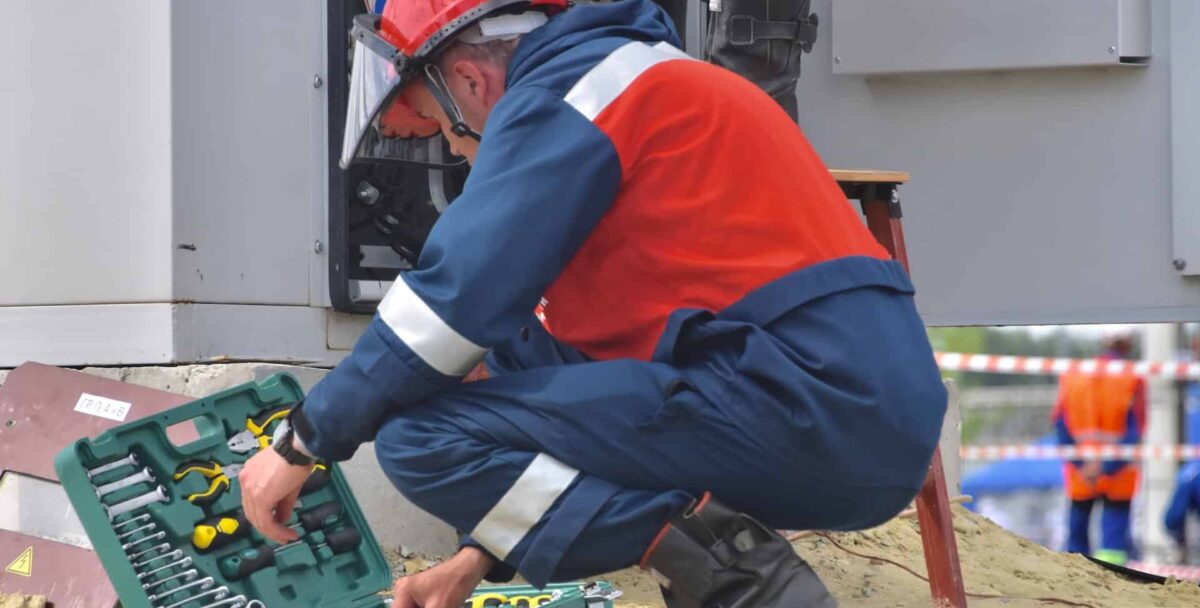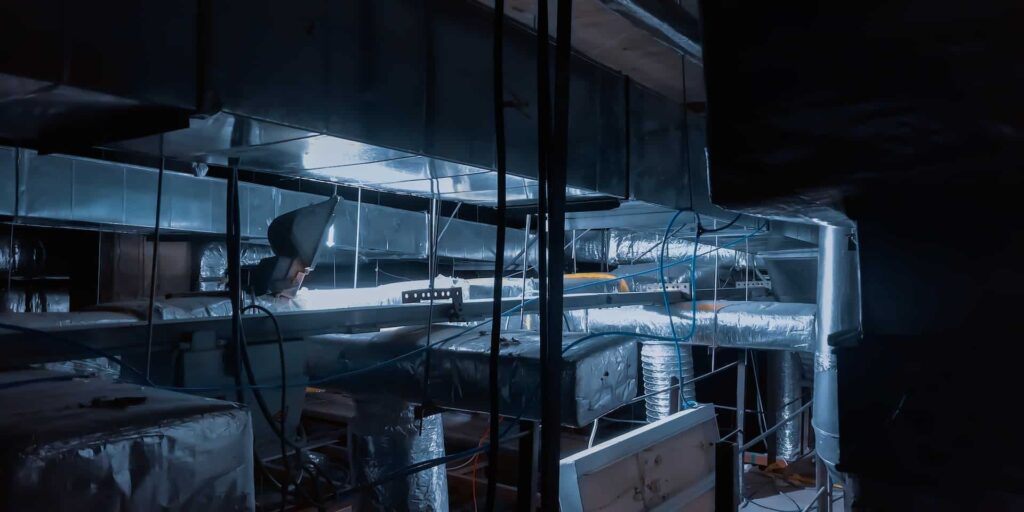Maintaining your data center is essential to keeping your business running smoothly. By following some simple best practices, you can keep your data center up and running with minimal interruption. This blog post will provide an overview of some of the most important data center maintenance operations, as well as tips for ensuring that your data center runs at its peak performance. By the end, you should have a good foundation of knowledge to help you keep your data center up and running smoothly.
What Is a Data Center?
Simply described, a data center is a place where computer systems and related parts, like communications and storage devices, are kept. From tiny closets that may fit under a stairway to enormous warehouses that cover hundreds of thousands of square feet, data centers come in many shapes and sizes.
The amount of data that must be stored, the number of users that need access to the data, and the level of security needed all have an impact on the size of a data center. For instance, more stringent security precautions are needed for sensitive data than for less sensitive data, such as weather reports, such as financial or medical records.
Data Center Components
Now that we’ve covered what a data center is let’s look at some of its key components.
Racks
Racks are frame structures that support IT equipment like servers, storage systems, and networking gear. They come in different heights and widths to accommodate different types of equipment. Racks are typically made out of steel or aluminum for durability.
Power Distribution Units (PDUs)
PDUs provide power to the equipment in the racks. They distribute electricity from an uninterruptible power supply (UPS) or generator to individual outlets on each rack. PDUs also provide circuit breakers for safety in case of an electrical overload.
Environmental Monitoring Systems (EMS)
EMSs are used to monitor conditions like temperature, humidity, air pressure, and water leaks in the data center. They send alerts to staff if any conditions fall outside of preset thresholds to take corrective action before any damage occurs.
As you can see, a lot goes into keeping a data center up and running. By understanding the basics of data centers, you’ll be better equipped to maintain your facility and keep it running smoothly for years to come.
Related Link: Data Center Fire Suppression: Overview & Protection Guide
Data Center Maintenance Operations
By being proactive and conducting regular maintenance operations, you can prevent problems and keep your data center running at peak efficiency.
One of the most important aspects of data center maintenance is keeping the physical environment clean and free of dust and other contaminants. Dust can build up on equipment and cause it to overheat or fail prematurely. In addition, routine cleaning can help identify potential problems early on before they have a chance to cause major damage.
Another critical aspect of data center maintenance is keeping the equipment updated with the latest firmware and software patches. By staying up-to-date, you can ensure that your equipment is compatible with new applications and operating systems and avoid known security vulnerabilities. In addition, regular software updates can help improve system performance and stability.
Do you have any further inquiries concerning data centers? Get in touch today!
Best Practices for Data Center Maintenance
The most important best practice for data center maintenance is to develop and follow a strict schedule. This schedule should include regular check-ups, inspections of all of the equipment in your data center, and routine cleaning and maintenance tasks. By staying on top of these things, you can identify potential problems early and prevent them from becoming more significant issues down the road.
In addition to following a regular schedule, it’s also essential to document everything you do in your data center. This documentation should include detailed records of all equipment, as well as information on when each piece of equipment was last serviced. This documentation will come in handy if you ever need to troubleshoot a problem or make a claim on your insurance policy.
Finally, one of the most important best practices for data center maintenance is to have a plan for dealing with emergencies. This plan should include contact information for all of your vendors and suppliers, as well as instructions on how to shut down your data center safely in the event of an emergency. With this plan in place, you can minimize the damage that an emergency situation can cause.
Related Link: 8 Data Center Trends Changing the Industry in 2023
The Benefits of Following Best Practices for Data Center Maintenance
A data center is a critical component of any business that relies on computers and the internet to operate. A data center houses the servers and networking equipment that power a company’s website, email, and other online services. Given how essential data centers are to businesses, it’s crucial that they are well-maintained. That’s where following best practices for data center maintenance comes in. Let’s take a look at some of the benefits of doing so.
Improved Uptime
One of the most important benefits of following best practices for data center maintenance is improved uptime. Uptime represents the proportion of time a system is operating. For instance, a server with a 99% uptime is only offline for one hour out of every 100 hours it is operational. There are numerous causes of downtime, including hardware issues, power outages, and software bugs. By doing routine maintenance on your data center, you can reduce the likelihood of issues that cause downtime and keep your systems operational as much as feasible.
Reduced Operating Costs
Another benefit of following best practices for data center maintenance is reduced operating costs. When equipment is properly maintained, it runs more efficiently and lasts longer. This can lead to significant savings on energy costs as well as replacement costs for worn-out or broken components. In addition, well-maintained data centers are less likely to experience unplanned downtime, which can be costly in terms of lost productivity and revenue.
Improved Security
In today’s increasingly digital world, data security is more important than ever before. Hackers are constantly developing new ways to break into systems and steal sensitive information. By following best practices for data center maintenance, you can help keep your systems secure from these threats. Regular maintenance helps identify and fix potential security vulnerabilities before they can be exploited. In addition, proper maintenance can help ensure that your data backups are current and accessible in the event of an incident.
Would you like to know more about data centers? For more beneficial information, look at our site!
Data Center Best Practices
Data centers play a vital role in the operation of businesses around the world. Given their importance, it’s crucial that they are well-maintained. That’s where following best practices for data center maintenance comes in. Some benefits of doing so include improved uptime, reduced operating costs, and improved security. So if you’re responsible for maintaining a data center, make sure you’re following best practices—it could make all the difference for your business.
Last Updated on January 20, 2023 by Josh Mahan




